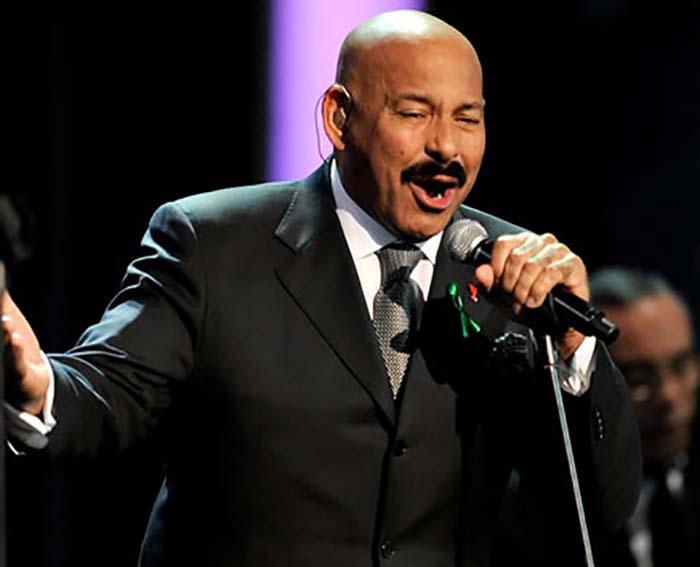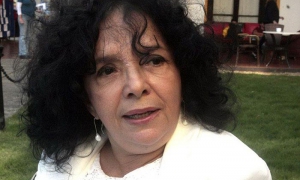
Cándido Fabré is the king of repentismo (lyrical improvisation) and heir to the great Cheo Marquetti de Alquízar. He is also currently the country’s most prolific composer of son and Cuban salsa music; has thousands of compositions to his name; is the most recorded Cuban popular music artist; and together with Juan Formell and Adalberto Álvarez, is recognized as one of the top three most covered salsa musicians throughout the Americas.
He has had dozens of hits including: “A la hora que me llamen voy,” “El guardián del caribe,” “Córranse ahí caballeros,” “Guayabita del Pinar,” “El sombrero de yarey,” “Soy cubano, soy de Oriente,” “El barrendero,” and “La Habana quiere guarachar contigo.”
Fabré is a typical good-natured guy from the east, who stated that being friendly, respectful and welcoming doesn’t cost much. He doesn’t smoke, drink or overindulge, has children and has been with his wife for 30 years.
Cándido lets talk about your origins…

I am fromSan Luis, I was born 74 days after the triumph of the Revolution; if destiny exists then I have one. As a seven year old boy I played the güiro (a traditional Cuban instrument) and the claves, let loose in bembés (celebrations honoring the Cuban orishas) and street guaguancós (rumba gatherings). At 15, I began to improvise in my brother’s band. I completed my military service and later played in a group called Samurai, where son musician Raúl Planas once heard me; my way of improvising astonished him, and he gave me lots of encouragement.
How did you become a member of the group Original de Manzanillo?
In 1983, I met withPachy Naranjo (director of Original de Manzanillo) in Palma Soriano, and offered him the composition “Guardián del Caribe.” He’s a musician who knows how to look at things in depth, and realized that I could sing the song. Together we performed in club after club, filling squares and theatres over the course of 10 years.
Describe the challenge of beginning all over again with the founding of your own band?
I love a challenge; you have to believe in your own abilities.
Are you a charanga man?
I have always lovedcharangas, I grew up listening to the most fashionable charangas. We were close to hitting the big time with Original de Manzanillo. Iadmired the group Aliamén withSixto Llorente. I listed to the Orchestra Aragón’s performances on the radio every Sunday at 10am.
How many songs have you composed?
I have one thousand registered works, I’ve had periods when I write a lot of songs in a single day; that’s why singers likeIsaac Delgado, Yumuri, Los Van Van, Karachi, Aragón, Revé, Simonet, Pedrito Calvo, Haila, JG, and Laritza Bacallao have asked me for compositions. My works have also been recorded abroad by Oscar D’León, Ismael Miranda, Marvin Santiago, Dioni Fernández, Roberto Roena and Jerry Medina, among others. The members of theFania All Stars orchestra have recorded many of my pieces.
How have you been well received in the U.S.?
There are a lot of people over there that respect and admire our music; I have preformed all over Florida, in New Jersey, Austin. We were the first Cuban band to play in Las Vegas.
How would you describe the current Cuban music scene?
Today’s music has been rejuvenated; it has a lot of contemporary foreign influences. Musical directors, schools and cultural entities must show, strengthen and guide the new generation of Cuban musicians in our national identity. Cuba is a gold mine, a musical well that will never run dry.






